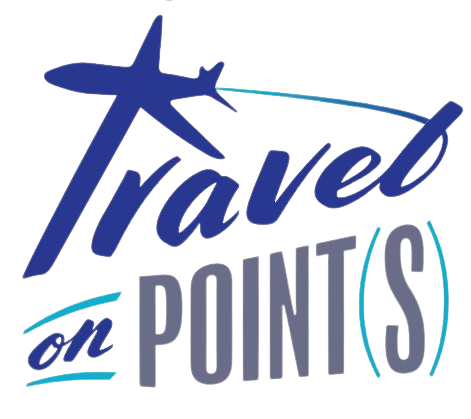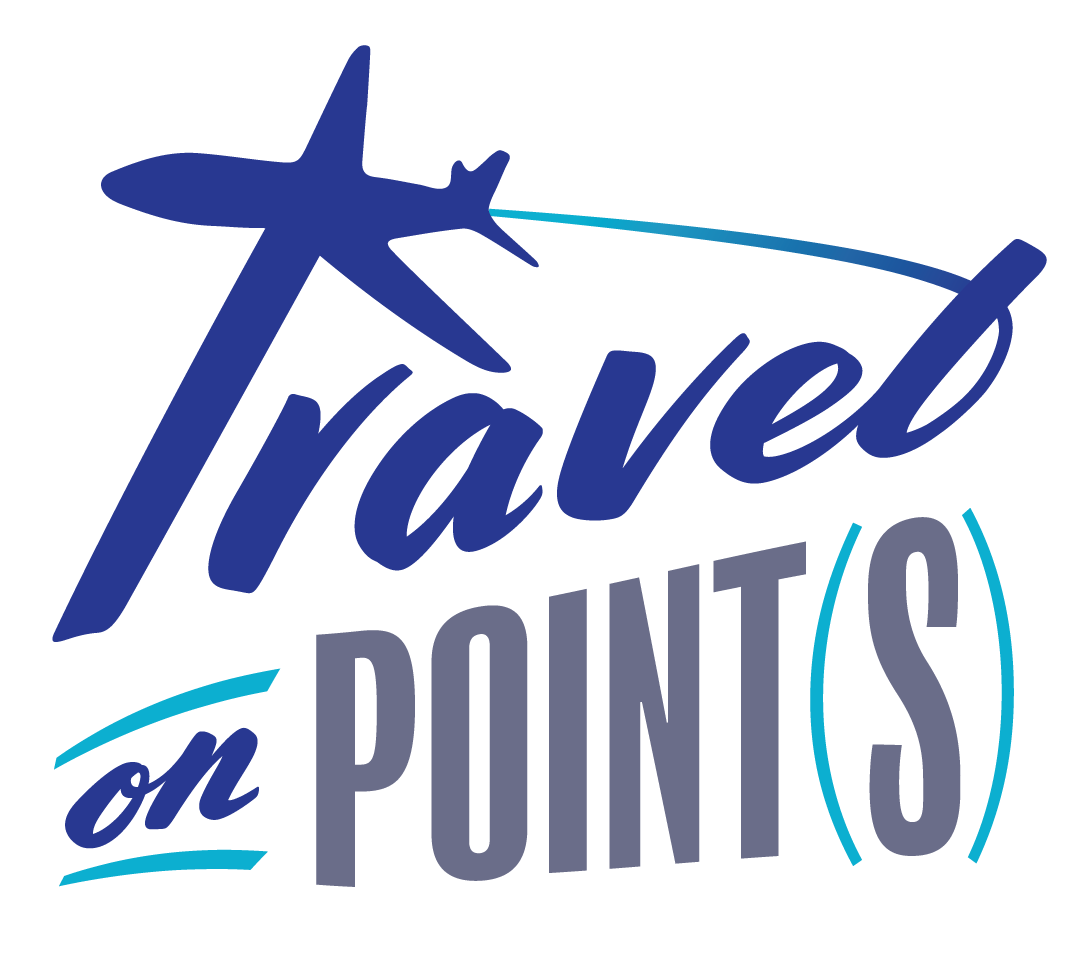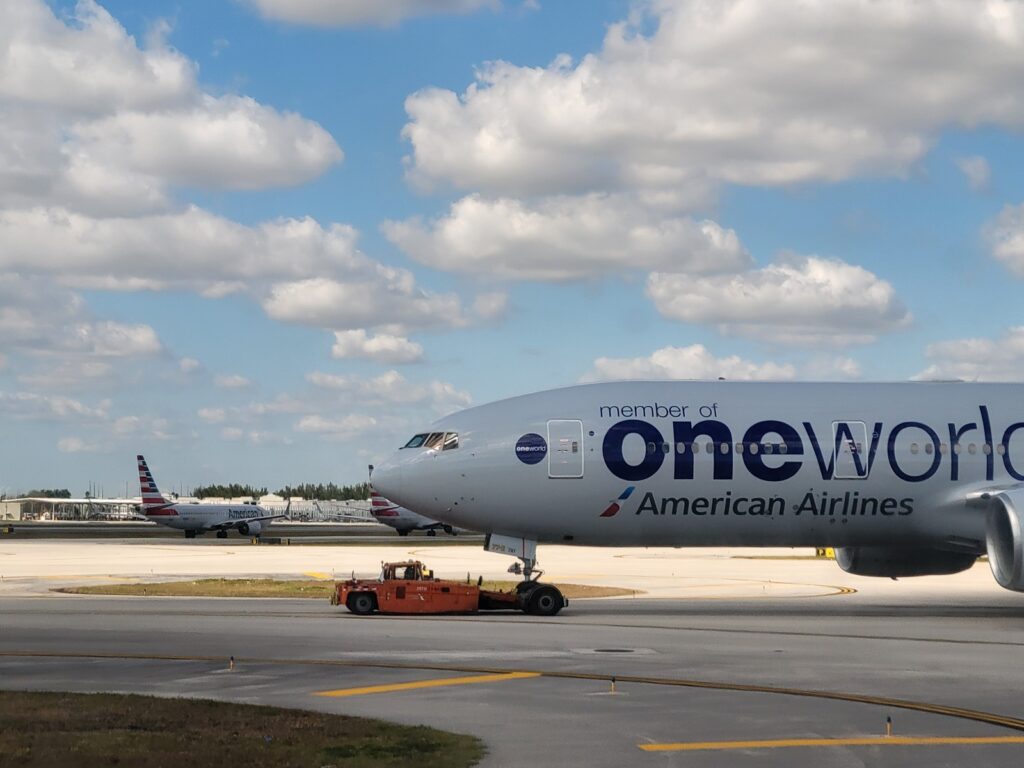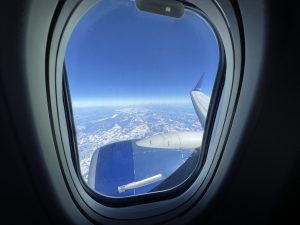Airline Alliances
Most travelers may have heard of airline alliances, codeshare agreements, and interline agreements. But few have had to give much thought to any of these terms. In the world of award travel, these different forms of agreement are vital. For example, understanding which airlines are members of which alliance is crucial for redeeming your points across different airlines. Below, we break down each of these types of cooperation agreements and how you can use one airline's miles to fly with its many partner airlines.
Table of Contents
ToggleWhat Are the Different Kinds of Cooperation Between Airlines?
Airlines can agree to cooperate with each other at many different levels. Generally, these forms of cooperation range between interline agreements, codeshare agreements, and airline alliances. Let's look at how each one of these works.
Interline Agreements
An interline agreement is the most basic level of cooperation between two airlines. Under this agreement, two airlines agree to handle passengers that are traveling on different airlines on the same itinerary. This enables travelers to get boarding passes and check their bags all the way through to their final destination. Airlines with interline agreements can even rebook passengers on the other airline if irregular operations occur.
Since interline agreements are such a basic level commitment, airlines typically have interline agreements with dozens of other airlines even across different alliances. Expert Flyer is a great resource to check which airlines a given airline has interline agreements with.
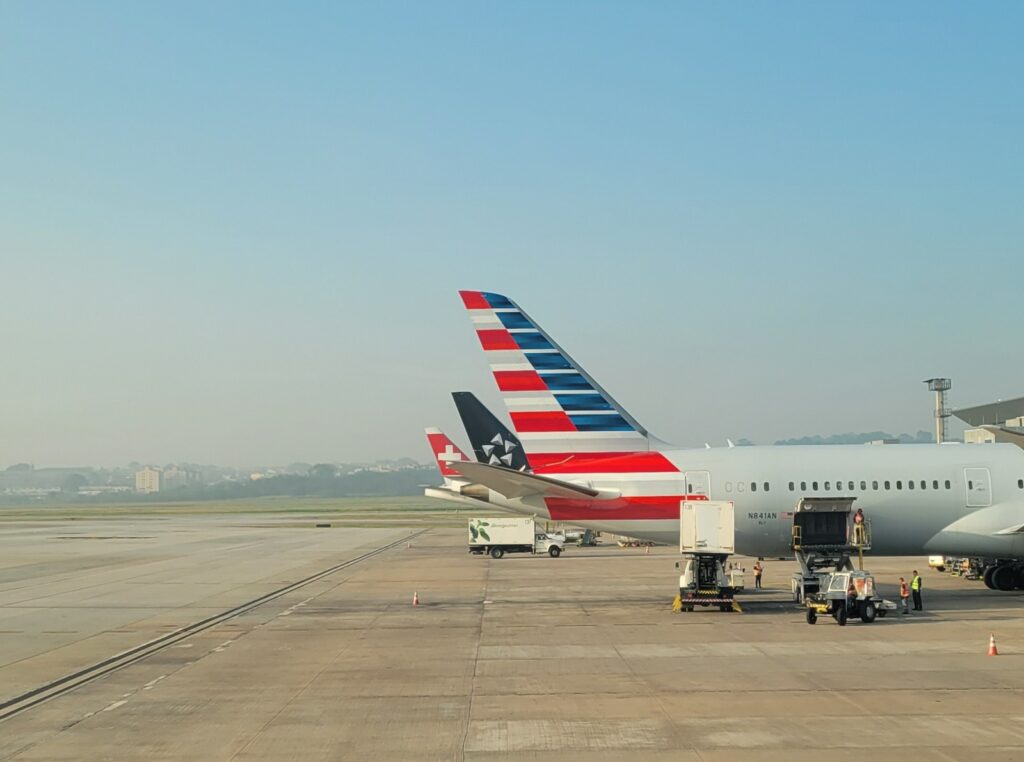
Codeshare Agreements
As the name implies, a codeshare agreement is when two airlines place their codes on one another’s flights. For example, a Delta-operated flight from Atlanta to New York not only has a Delta flight number code (e.g., DL 1239), but also say Air France (AF 858) or KLM (KL 742).
One benefit for passengers is that they can have an entire itinerary with one airline's code even when flying different carriers. Airlines with codeshare agreements strive to synchronize their schedules, which leads to more manageable connections usually, even when flying multiple carriers.
Airlines benefit from codeshare agreements because they get to market (and sell) a flight that they don't operate. Let's say you wanted to fly from Chicago to Hamburg, Germany. United does not fly to Hamburg, but it has a codeshare agreement with Lufthansa. So you can purchase directly from United a flight from Chicago to Hamburg, connecting in either Frankfurt or Munich. That connecting flight to Hamburg is operated by Lufthansa, but the codeshare agreement enables United to market that flight as a United airlines flight.
Codeshare agreements are also a common part of airline alliances, but airlines still enter into codeshare agreements with non-alliance airlines.
Airline Alliances
Airline alliances are more involved than interline or codeshare agreements. Each airline member agrees to deliver reciprocal benefits to members across the alliance. One of the biggest benefit for travelers is reciprocity for elite status benefits, such as lounge access, priority check-in, and mileage earning and redemption.
This last benefit of redeeming miles with different members is the biggest draw for award travelers.
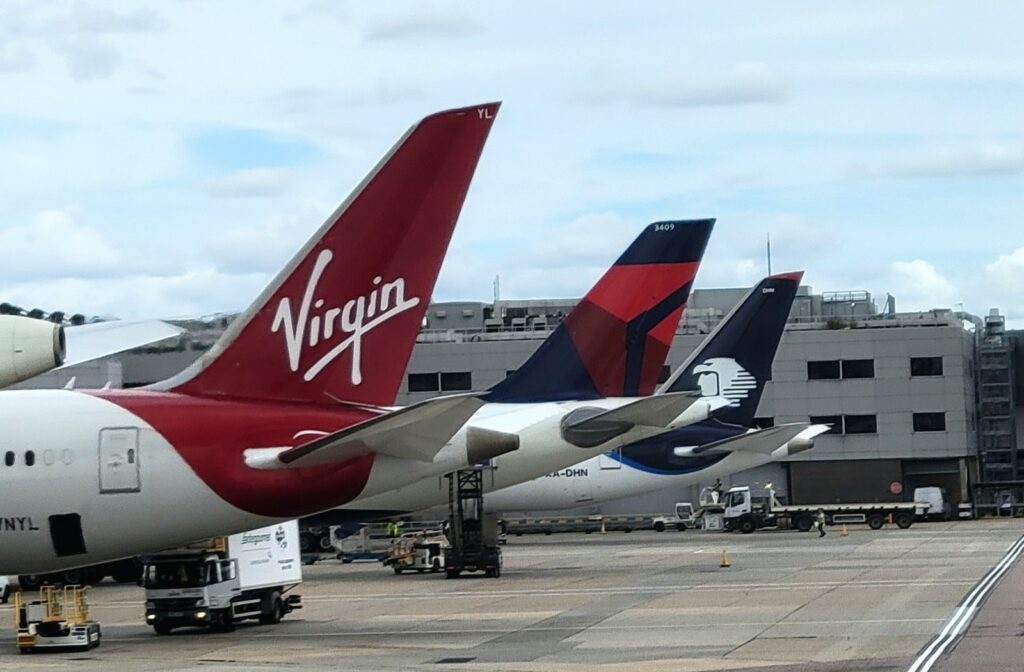
How do Airline Alliances Help Award Travelers?
Airline alliances are helpful for award travelers because they enable us to redeem miles from one airline for travel on another airline. For example, say you want to fly with Lufthansa to Europe. Lufthansa does not have any transfer partners among US banks. So how can you redeem points to fly Lufthansa? You can redeem miles from other Star Alliance programs, like Air Canada Aeroplan, United, or Avianca LifeMiles.
Here is an example of how you can use one airline's miles to book award flights with partners airlines. This screenshot is from Air Canada's website showing saver award availability on United and Lufthansa flights.

Navigating which miles you can redeem for which airline can be challenging at first. But we have the resources to help with that. First, our ToP Partner Transfer Tool shows you which airlines partner with which banks as transfer partners. The Tool also shows the alliance to which each airline belongs.
Another helpful resource for navigating airline partners is Award Hacker. This free website shows you which airline miles you can use to fly with any given airline. It also shows which credit card points transfer to those programs. To use Award Hacker effectively, check out our guide for How to Use Award Hacker.
Having different options with which to book the same flight is one of the major advantages of transferable currencies, like Chase Ultimate Rewards and Amex Membership Rewards. In the example above, Chase is a transfer partner of both Air Canada and United. This means you can use your Ultimate Rewards to book that Lufthansa flight with either of those programs.
What About Other Partnerships?
Airlines can also strike interline or codeshare agreements with other airlines outside of their airline alliances. For example, Air France/KLM has a reciprocal partnership with Etihad Airways where loyalty members can redeem miles across the respective programs.
In fact, some major airlines don't belong to any alliance at all! Emirates, Etihad, JetBlue, and Southwest are not members of any alliance, yet they still have partnerships with many different airline programs (except for Southwest).
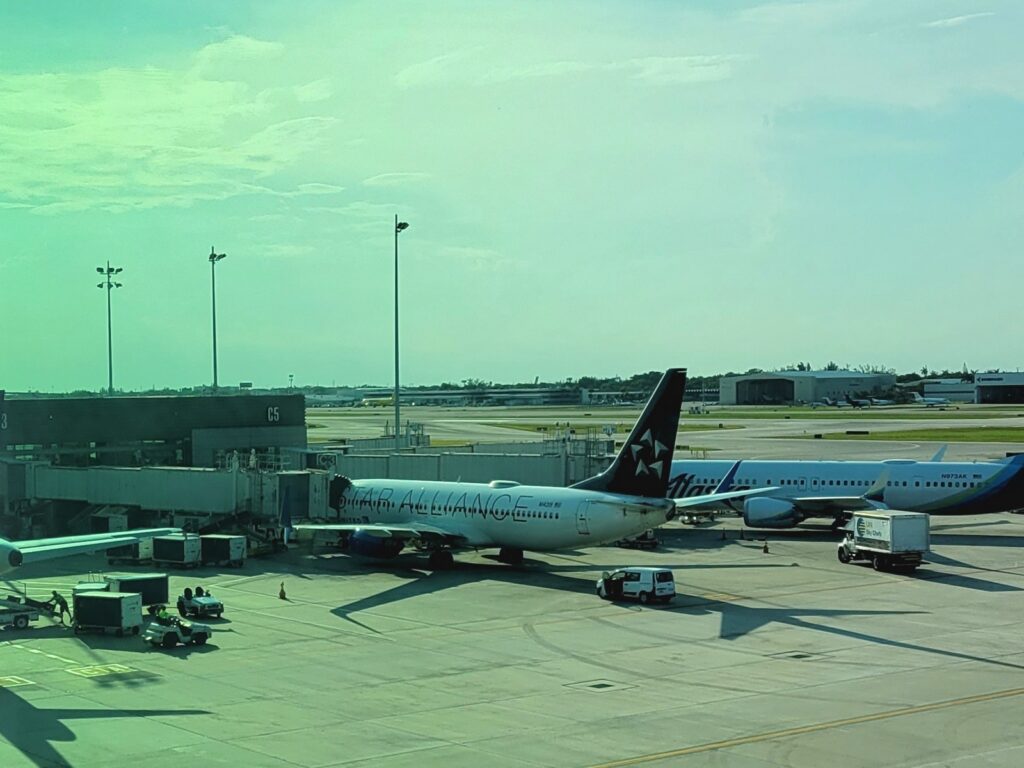
Breaking Down each Airline Alliance
When people hear “airline alliances,” most folks think of the “big 3” alliances–Star Alliance, SkyTeam, and Oneworld. These are by far the largest airline alliances, but there are a few smaller ones too. Star Alliance has the most airline members, followed by SkyTeam and Oneworld.
Star Alliance
Star Alliance consists of the following airlines:
- Aegean Airlines
- Air Canada
- Air China
- Air India
- Air New Zealand
- ANA
- Asiana Airlines
- Austrian Airlines
- Avianca
- Brussels Airlines
- Copa Airlines
- Croatia Airlines
- EgyptAir
- Ethiopian Airlines
- EVA Air
- LOT Polish Airlines
- Lufthansa
- SAS
- Shenzhen Airlines
- Singapore Airlines
- South African Airways
- Swiss
- TAP Air Portugal
- Thai Airways
- Turkish Airlines
- United Airlines
SkyTeam
SkyTeam‘s members are:
- Aerolines Argentinas
- Aeromexico
- Air Europa
- Air France
- China Airlines
- China Eastern Airlines
- Czech Airlines
- Delta Air Lines
- Garuda Indonesia
- ITA Airways
- Kenya Airways
- KLM
- Korean Air
- Middle East Airlines
- Saudia
- TAROM
- Vietnam Airlines
- Virgin Atlantic
- XiamenAir
Oneworld
Oneworld consists of the following airlines:
- Alaska Airlines
- American Airlines
- British Airways
- Cathay Pacific
- Finnair
- Iberia
- Japan Airlines
- Malaysia Airlines
- Qantas
- Qatar Airways
- Royal Air Maroc
- Royal Jordanian
- SriLankan Airlines

Other Alliances, Outside Of The Big 3
About 10 years ago, a number of smaller airline alliances began to emerge.
Vanilla Alliance
Vanilla Alliance was formed in 2015 and consists entirely of airlines from the Indian Ocean region: Air Austral, Air Madagascar, Air Mauritius, Air Seychelles, and Int'Air Îles.
U-Fly Alliance
U-FLY Alliance is another smaller alliance, made up of low-cost airlines from Hong Kong, Mainland China, and South Korea. This alliance was established in 2016 and is the first alliance consisting entirely of low-cost carriers. Its current members are Eastar Jet, Lucky Air, Urumqi Air, and West Air.
Value Alliance
Value Alliance was also formed in 2016 and consists of the following Asia-Pacific low-cost airlines: Cebu Pacific, Cebgo, Jeju Air, Nok Air and Scoot. Value Alliance is now the fourth-largest airline alliance in terms of passengers, flights, destinations, combined fleet and members.
Airline Alliances: ToP Thoughts
Airlines cooperate with each other at varying levels. From interline agreements, to codeshare agreements, to airline alliances, each form of cooperation offers different benefits for travelers and airlines alike. For us award travelers, the ability to redeem miles from one airline for travel on another is extremely valuable. To learn which airline programs you can use to redeem for flights on other airlines, check out Award Hacker.
